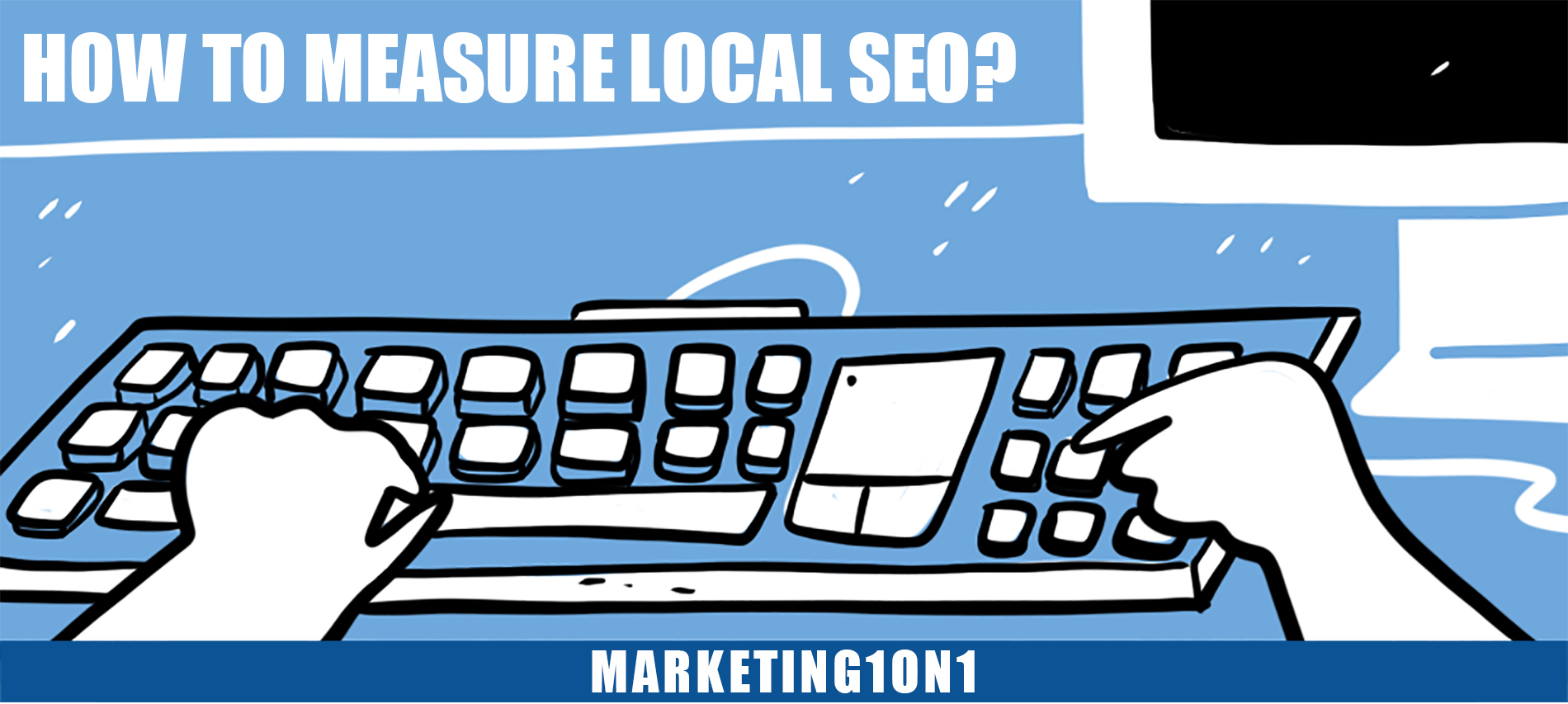- HOME
- CHECKOUT / CART
- LOGIN / REGISTER
- LINK BUILDING
- SEO
- OTHER SERVICES
- RESOURCES
- ABOUT
- About Us
- Why Us
- Testimonials
- INDUSTRIES
- Cannabis CBD Marketing and SEO
- Carpet Cleaning Marketing and SEO
- Cell Phone Repair Marketing and SEO
- Dental Marketing and SEO
- Drug Rehab Treatment Centers Marketing and SEO
- HVAC Marketing and SEO
- Junk Removal Marketing and SEO
- Law Firm Marketing and SEO
- Law Firm Website Design
- Medical and Healthcare Marketing
- Plastic Surgeons Marketing and SEO
- Plumbing Marketing and SEO
- Private Detectives / Investigators Marketing and SEO
- SaaS Marketing and SEO
- CONTACT
How to measure local SEO? |

How to measure local SEO?
When it comes to marketing a business online, there’s no shortage of options and strategies to choose from. But if you’re only focused on national or global SEO efforts, you could be missing out on a valuable opportunity to connect with customers at a more local level. Local SEO is all about optimizing your web presence to attract more customers from your specific geographic area. And while there are some commonalities with traditional SEO tactics, there are also some key differences. So how do you measure the success of your local SEO campaigns? In this blog post, we’ll explore some key metrics and indicators to help you track your progress.
What is Local SEO?
Local SEO is the process of optimizing a website for local search engine results. It is a subset of SEO, which is the process of optimizing a website for Google search engine results.
Google uses two main ranking factors for local searches: relevance and distance. Relevance means how well your website matches the searcher’s intent. Distance means how close your business is to the searcher.
Local SEO is important because it allows businesses to be found by people who are searching for their products or services in their local area. It is also important because it allows businesses to compete with larger businesses that may have national or international reach.
There are several things you can do to optimize your website for local SEO:
- Make sure your website is mobile-friendly. This is important because more and more people are using mobile devices to search the internet.
- Use relevant keywords on your website that reflects what people are searching for in your area.
- Include your business name, address, and phone number (NAP) on your website in an easily accessible location.
- Optimize your Google My Business listing. This includes claiming your listing, verifying your information, and adding photos and videos.
- Encourage customer reviews and testimonials on popular review sites like Yelp, Google My Business, and Facebook.
How to Measure Local SEO
You can measure a few key things to get an idea of how well your local SEO is performing.
1. Number of Local Listings: This refers to the number of times your business is listed on directories and other online platforms. The more listings you have, the more likely people are to find your business when they search for it online. You can use a tool like Moz Local to track your listing progress.
2. Reviews and Ratings: Another important metric to track is the number of reviews and ratings you’re getting from customers. Positive reviews can help improve your ranking in search results, while negative reviews can hurt it. Use a tool like ReviewTrackers to stay on top of your online reputation.
3. Website Traffic: This one is pretty self-explanatory – the more website traffic you have, the better. Check your Google Analytics account to see how much traffic you’re getting from organic search (i.e., people who find your site through a search engine). Look for trends over time to see if your traffic increases or decreases.
4. Leads and Sales: Ultimately, the goal of any SEO effort is to generate leads and sales for your business. Keep track of how many leads and sales you’re getting from your website so you can gauge the ROI of your SEO efforts.
The Five Pillars of Local SEO
1. NAP Consistency: Ensure your business name, address, and phone number (NAP) are consistent across all directories and listings.
2. Reviews and Reputation: Encourage customers to leave reviews on popular platforms like Google My Business and Yelp. Respond to both positive and negative reviews to build up your reputation.
3. On-Page SEO: Optimize your website for local keywords to improve your chances of ranking in local search results.
4. Citations: Build up your business’s online presence with citations from high-quality websites.
5. Social Media: Use social media platforms like Facebook and Twitter to connect with potential customers in your area.
Conclusion
There are many factors to consider when measuring local SEO. This includes things like online reviews, business listings, and social media engagement. By tracking these metrics, you can better understand how your local SEO is performing and where you need to make improvements.
Our locations and Services:
Find us on Google maps for directions: Digital Marketing | SEO Las Vegas, Digital Marketing | SEO New York, Digital Marketing | SEO Phoenix, Digital Marketing | SEO Houston, Digital Marketing | SEO Atlanta, Digital Marketing | SEO Anaheim, Digital Marketing | SEO Alexandria, Digital Marketing | SEO Austin, Digital Marketing | SEO Calabasas, Digital Marketing | SEO Cleveland, Digital Marketing | SEO Corpus Christi, Digital Marketing | SEO Dayton, Digital Marketing | SEO Detroit,Digital Marketing | SEO Fort Worth, Digital Marketing | SEO Henderson, Digital Marketing | SEO Indianapolis, Digital Marketing | SEO Irvine, Digital Marketing | SEO Jersey City, Digital Marketing | SEO Knoxville, Digital Marketing | SEO Long Beach, Digital Marketing | SEO Los Angeles, Digital Marketing | SEO Medford, Digital Marketing | SEO Mesa, Digital Marketing | SEO New Orleans, Digital Marketing | SEO Palmdale, Digital Marketing | SEO San Jose, Digital Marketing | SEO Santa Clarita, Digital Marketing | SEO Santa Monica, Digital Marketing | SEO Scottsdale, Digital Marketing | SEO Sherman Oaks, Digital Marketing | SEO Seattle, Digital Marketing | SEO Tacoma, Digital Marketing | SEO Torrance

By placing an order, signing up for services from Marketing1on1 LLC or using this website you agree to Terms and Conditions and Privacy Policy
Copyright © Marketing1on1 LLC All rights reserved.
The content of this web site may not be copied, replaced, distributed, published, displayed, modified, or transferred in any form or by any means except with the prior permission of Marketing1on1 LLC.
Copyright infringement is a violation of federal law subject to criminal and civil penalties.
Blog | Accessibility Statement




